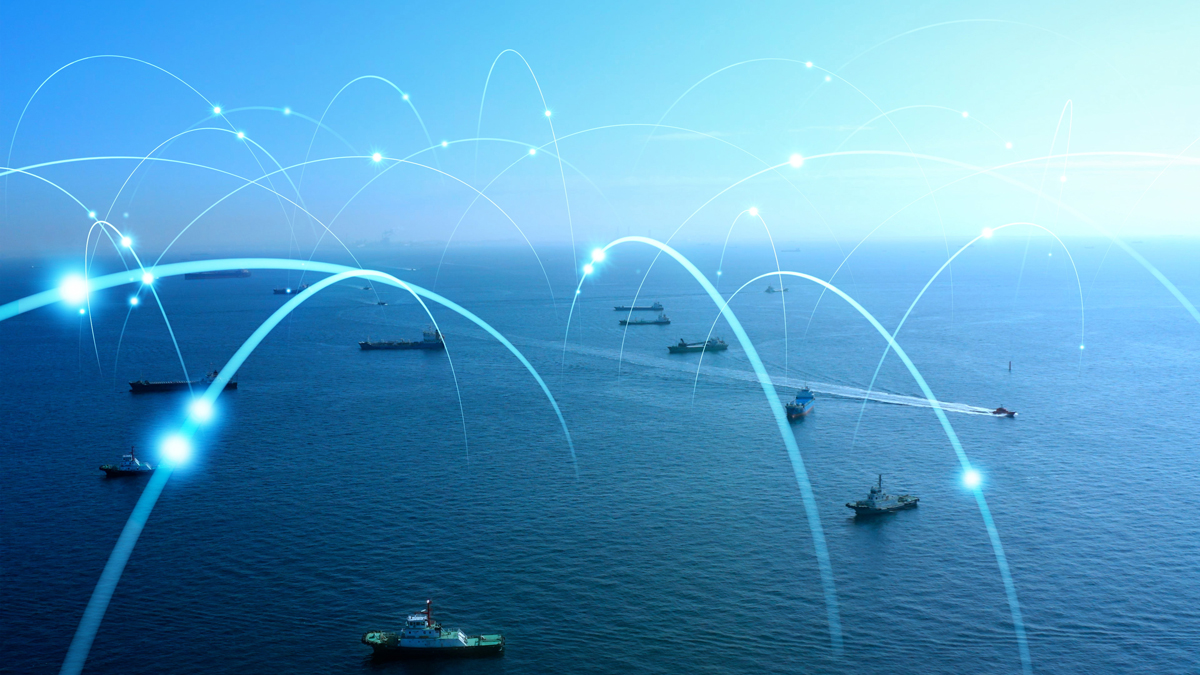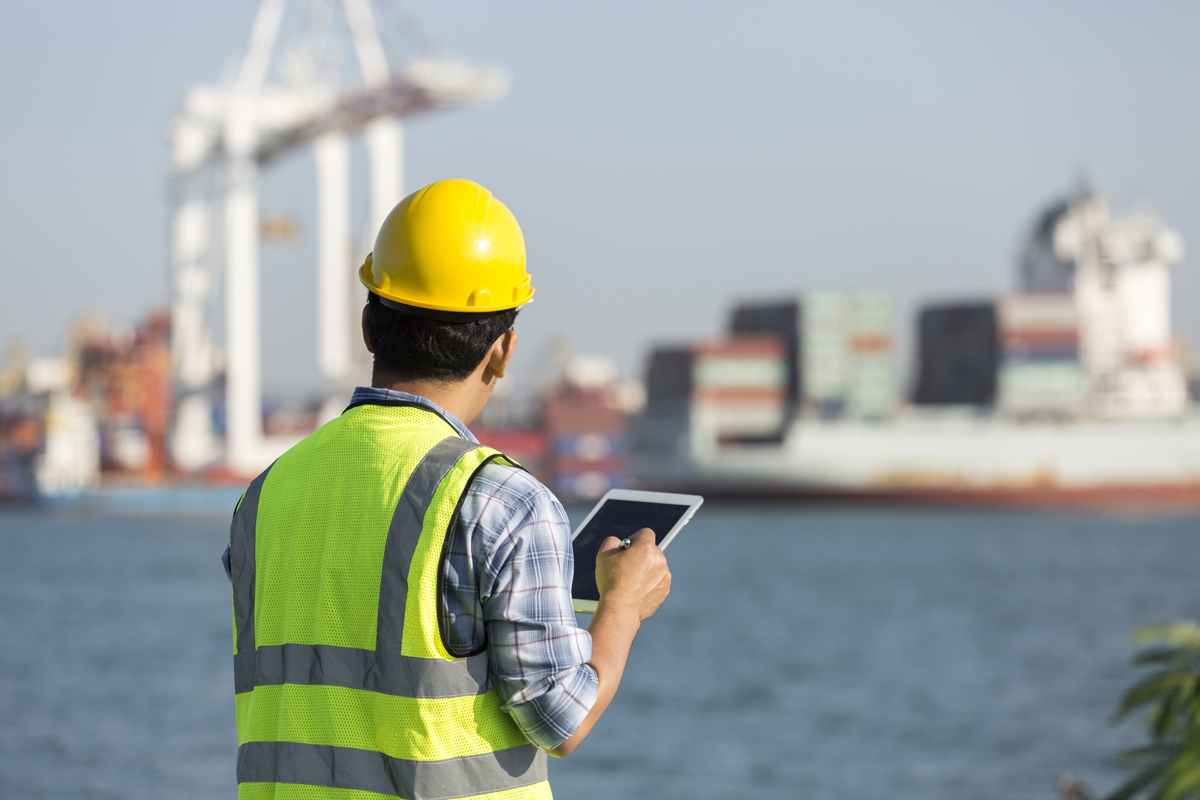While digitalisation has touched almost every sector across the globe, its effects on the maritime industry are especially evident, as long-established processes are being transformed with a new wave of data, connectivity and analytics.
The industry’s rapid adoption of digitisation in recent years can be attributed to several factors, with COVID-19 being a key accelerator. When the pandemic first hit in 2020, there was a 3.8% contraction in the global volume of international maritime trade due to worldwide lockdowns, as well as changing restrictions and protocols. However, digitalisation—and in particular, the availability of shared data—allowed ships and ports to continue operations with minimised physical interaction and contact, while also improving turnaround. As a result, maritime trade was predicted to have increased by 4.3% in 2021.

How digitalisation is driving the growth of the maritime industry
Digitalisation is opening new possibilities in the maritime industry, especially for players who have embarked on their digitalisation journeys.
Dr Li Haobin, Chief Technology Officer at the Centre of Excellence in Modelling and Simulation for Next Generation Ports (C4NGP)—and also Academic Director of the Master of Science in Maritime Technology and Management (MSc (MTM)) programme at the National University of Singapore (NUS) —is fascinated by how technologies like the Internet of Things (IoT), Mixed-Reality (MR), and Artificial Intelligence (AI) are greatly accelerating decision-making in the maritime industry.
He explains by citing a few examples: “With technology, a fleet manager can pinpoint the precise location and mechanical status of each of his ships, and prepare maintenance plans before the ships arrive in port. Elsewhere, a cargo agent can calculate all feasible shipping routes in an instant, evaluate how busy ports are expected to be, then select the port with the lowest cost and least risk of delay.”
These technology-enabled actions are a generational leap forward for ship operators, agents and ports, and are taking the industry in a new and exciting direction.
Big data, advanced analytics and blockchain technology
The maritime industry has also begun using advanced analytics in its digitalisation efforts, and leverages on big data and blockchain in planning, traceability, network modelling, and risk mitigation.
Mr Ong Kim Pong, an Adjunct Lecturer for the MTM programme and Regional Chief Executive Officer of Southeast Asia at the Port of Singapore Authority (PSA), shared how optimisation engines now use data and analytics to make timely recommendations for ship liners to advance containers bound for designated ports towards vessels with available space, before their port departure. This creates a win-win situation for both the port, which reduces yard occupancy, and the liner, which achieves maximise vessel utilisation.
“Digitalisation has become an enabler to alleviate the industry’s longstanding challenges—a lack of transparency, visibility and co-ordination between partners,” Mr Ong said. He also highlighted how the COVID-19 pandemic has placed shipping supply chains in the spotlight and acted as a catalyst for further digitalisation of end-to-end supply chain processes.

Sailing towards a more sustainable world
Digitalisation also has the potential to bring about social good. The maritime industry is now entering an exciting phase as it looks to use digitalisation to boost marine sustainability, and protect the marine environment.
In the recent Singapore Maritime R&D Roadmap 2030, the Singapore Maritime Institute listed Sustainable Maritime Environment and Energy as one of five strategic research areas that Singapore’s maritime industry will embark on. Using technology, the industry will be delving into ways to provide clean and alternative energy solutions, as well as to enhance its capabilities to detect oil spills, black smoke emissions, and garbage disposals.
Issues such as using technology to reduce shipboard noise and vibration, as well as to curb the introduction of invasive aquatic species into Singapore’s marine environment, will also be looked into.

Preparing a new generation to hop on board
As the maritime industry ventures into a new phase of digital transformation, it is essential to groom a new generation of talent to take the industry to new heights. To accomplish this, NUS launched its MSc (MTM) programme, which is jointly hosted by its Centre for Maritime Studies and the Department of Industrial Systems Engineering and Management at the College of Design and Engineering.
Acknowledging how rapidly the industry has been moving since it has adopted digitalisation, Dr Li explains how the programme focuses on building students’ understanding of the industry: “We invite guests from leading companies in Singapore’s maritime industry to share their personal experiences, so students can experience the opportunities, challenges and developments of the maritime industry up close.
“We also provide all full-time students with a diverse range of internship positions in Singapore's maritime companies. For part-time students, we arrange term projects based on practical problem solving. The design and arrangement of these courses help our students better prepare for future work, research and career development.”
Interested to find out more about the NUS Master of Science in Maritime Technology and Management programme? Click here for more information.